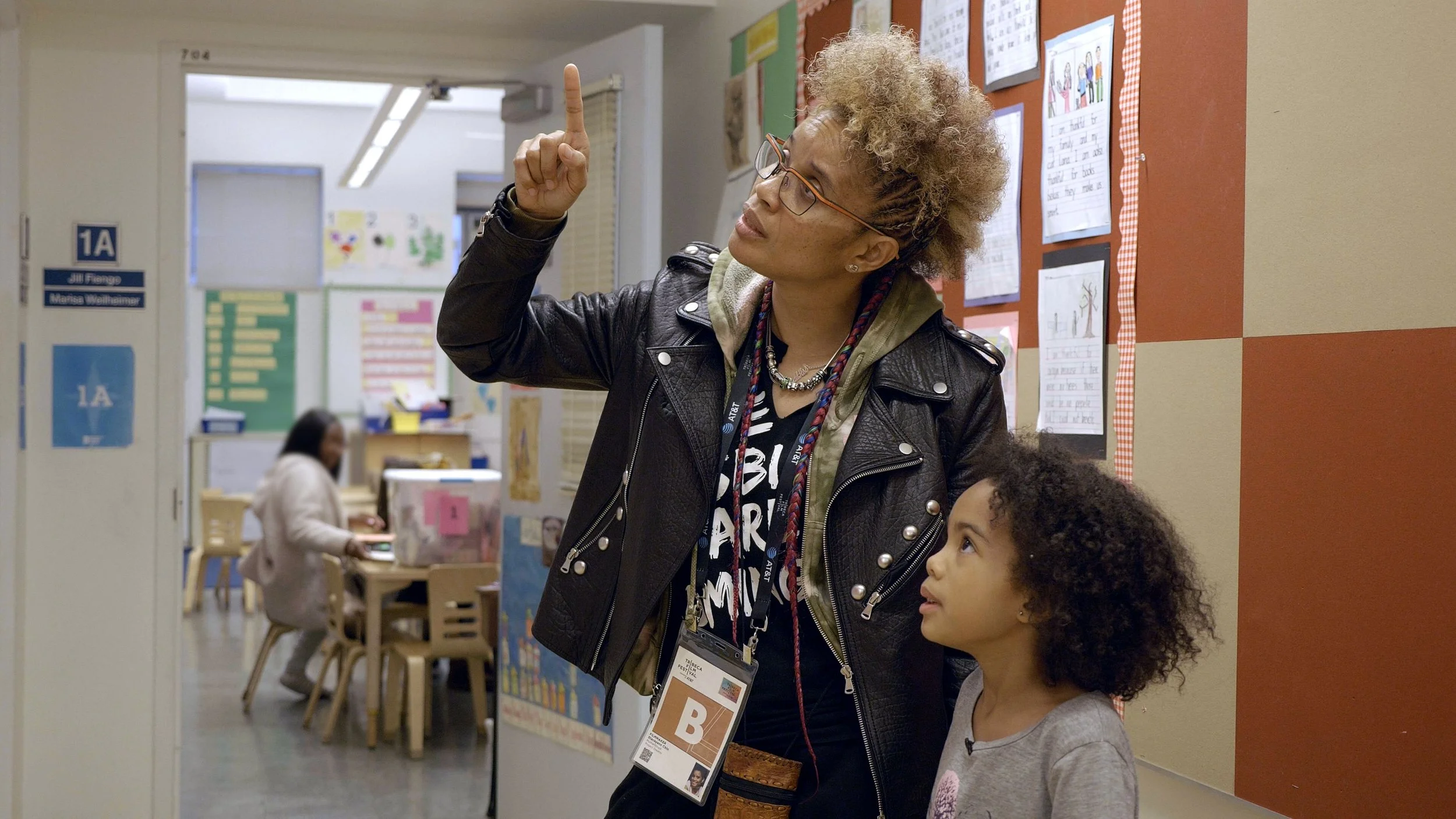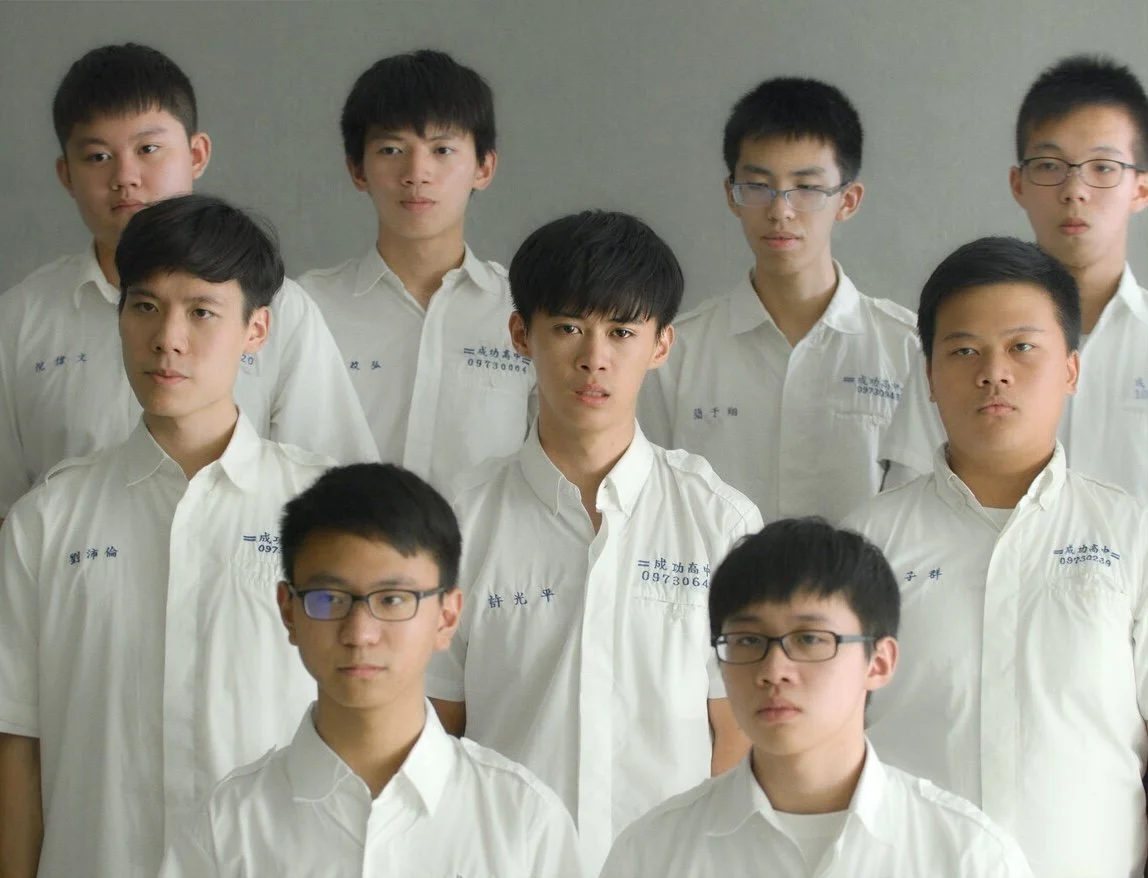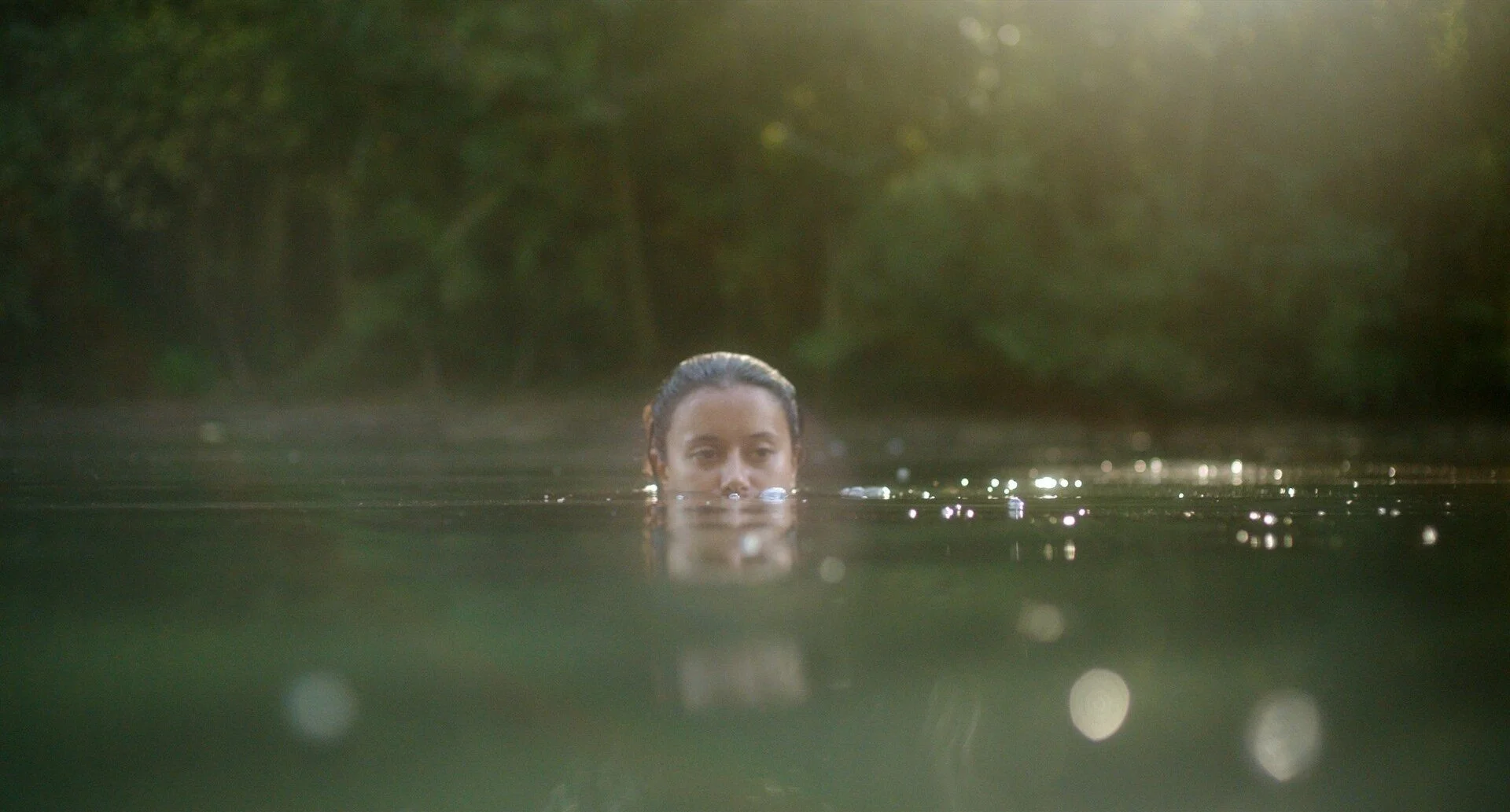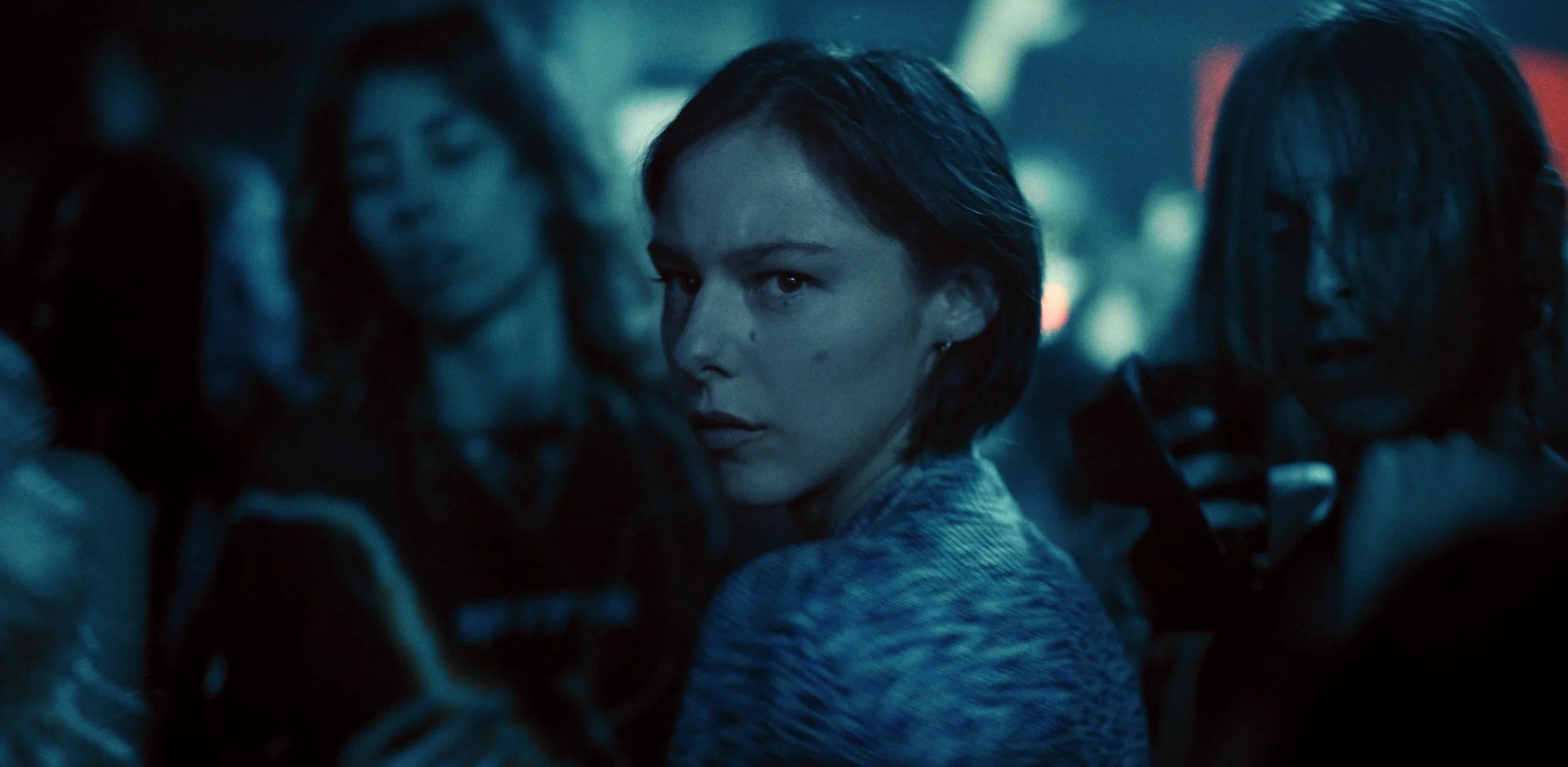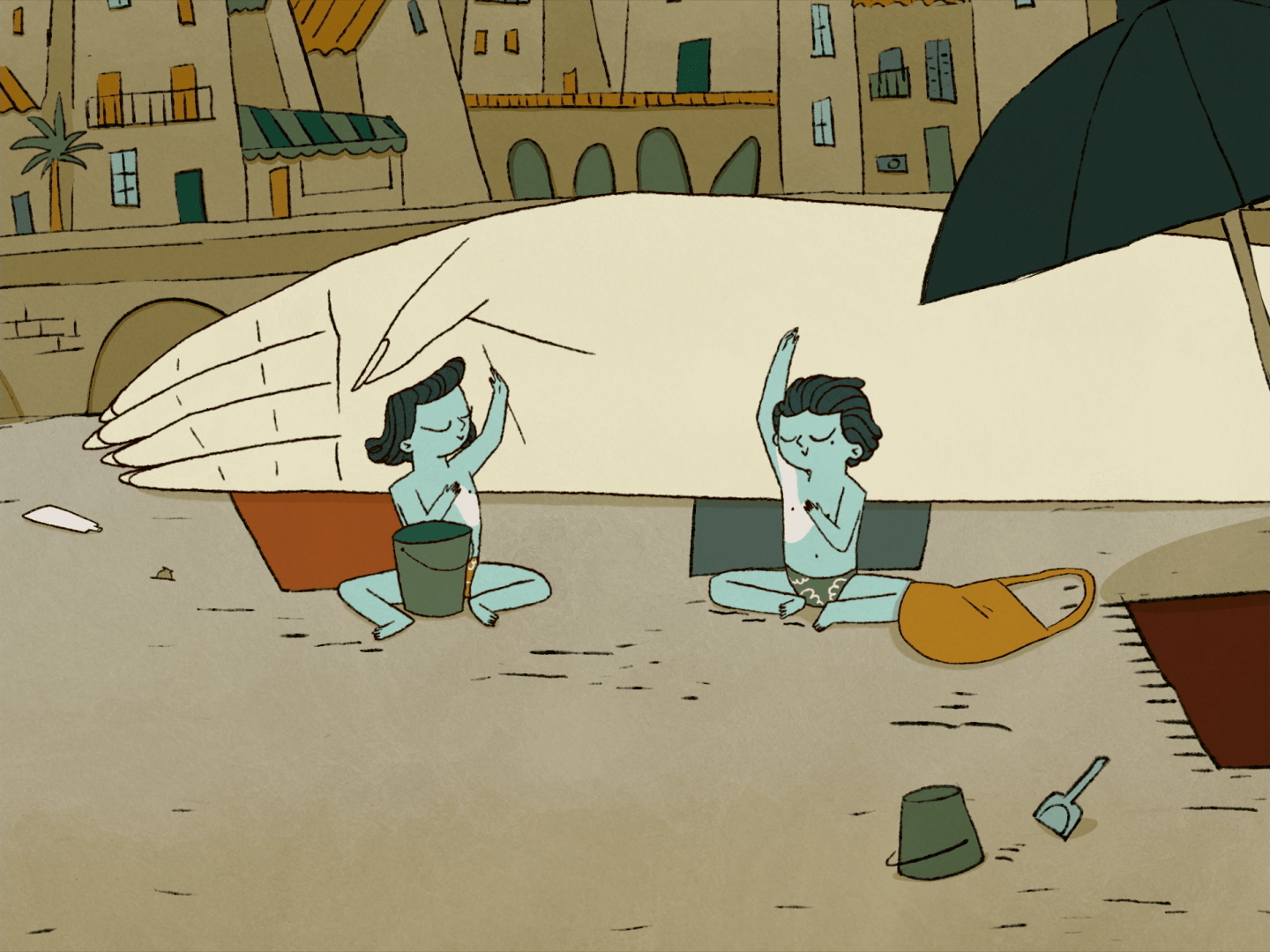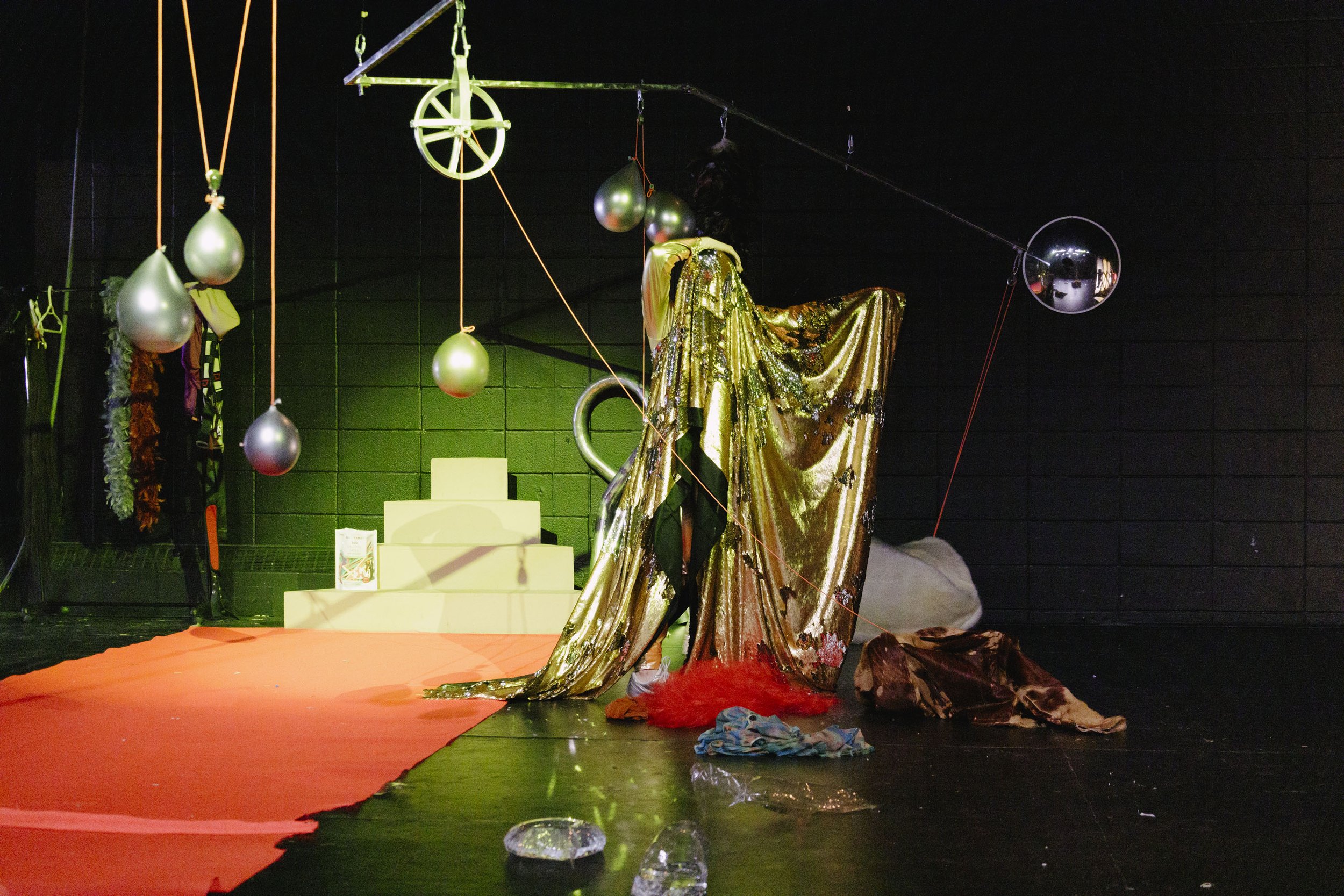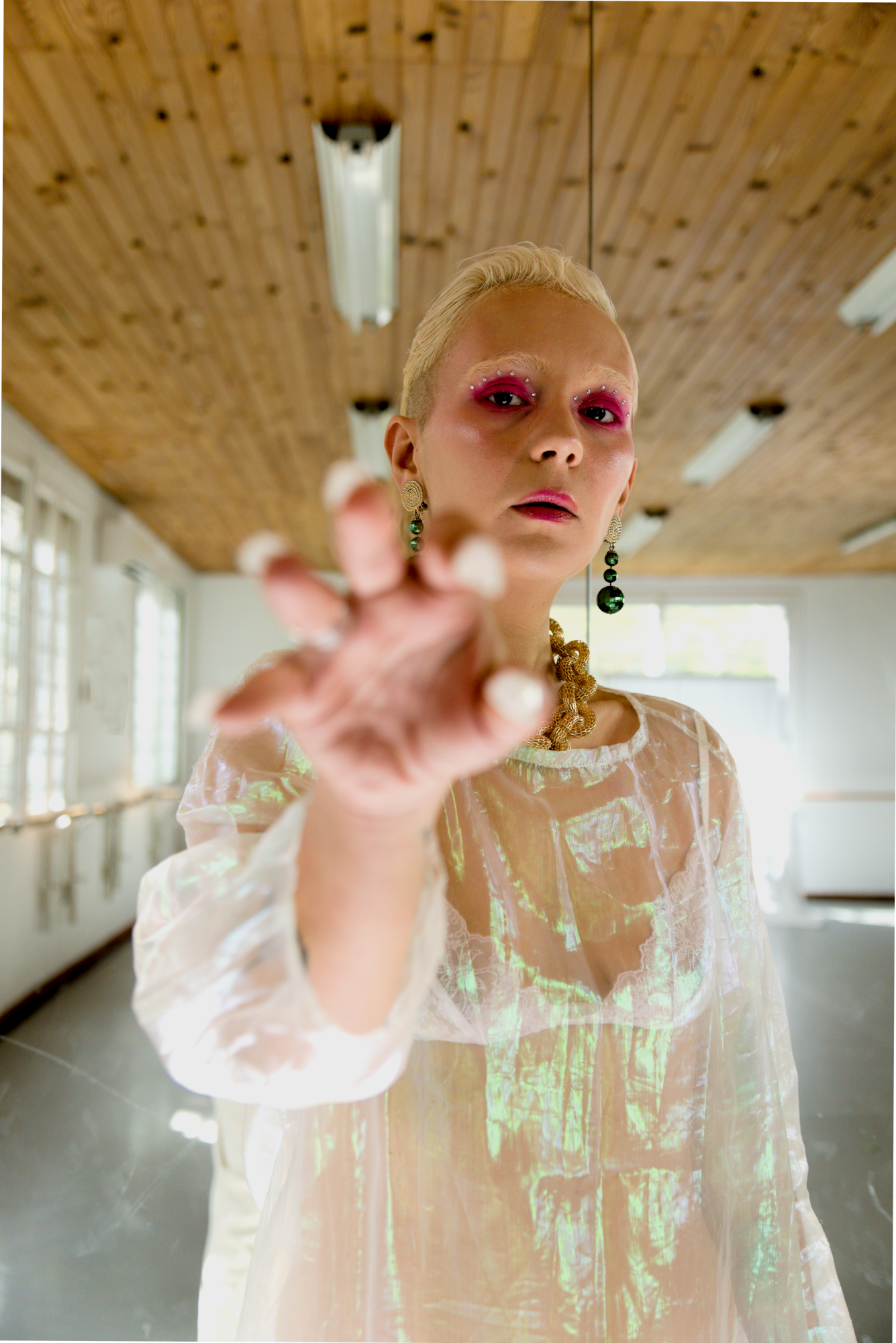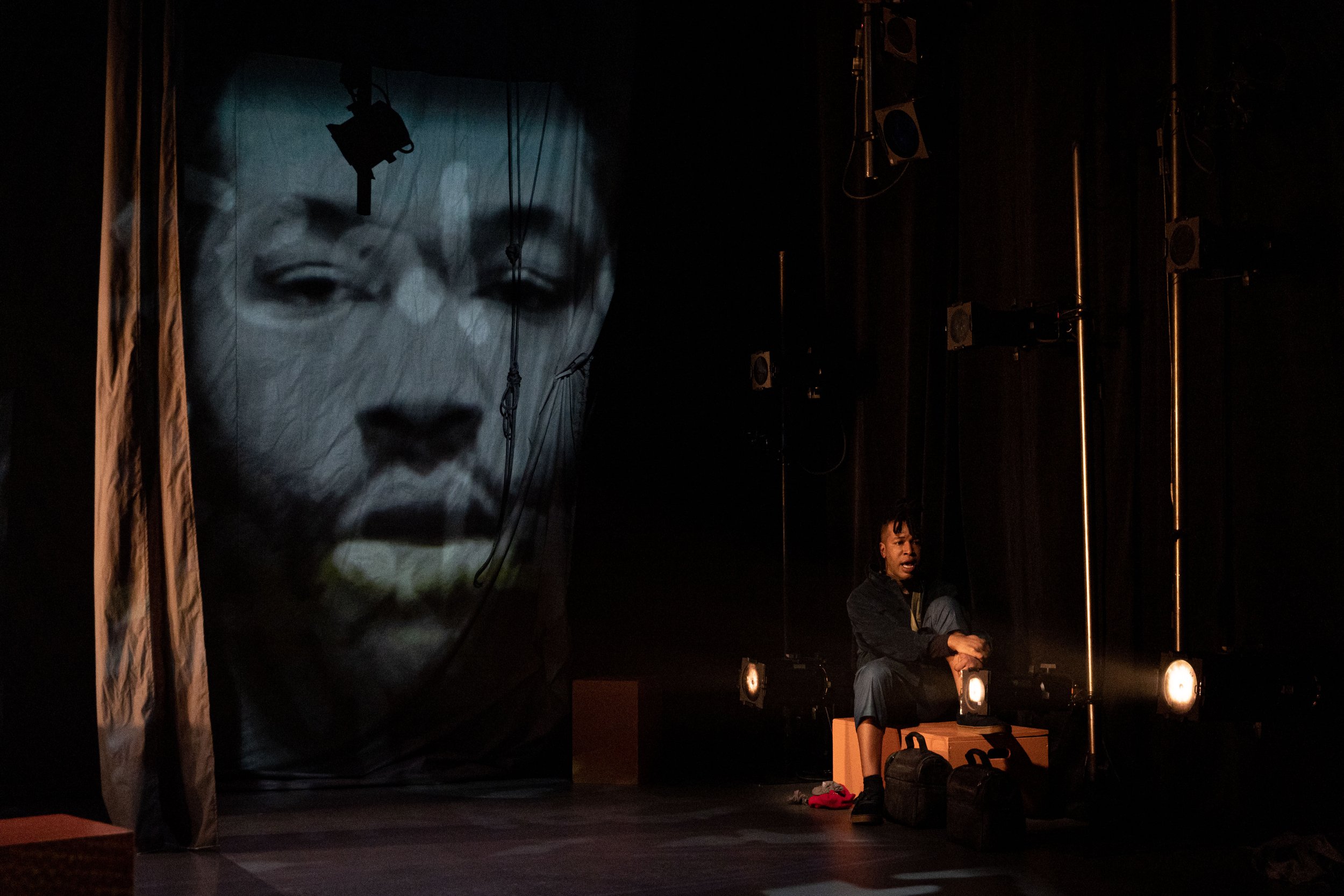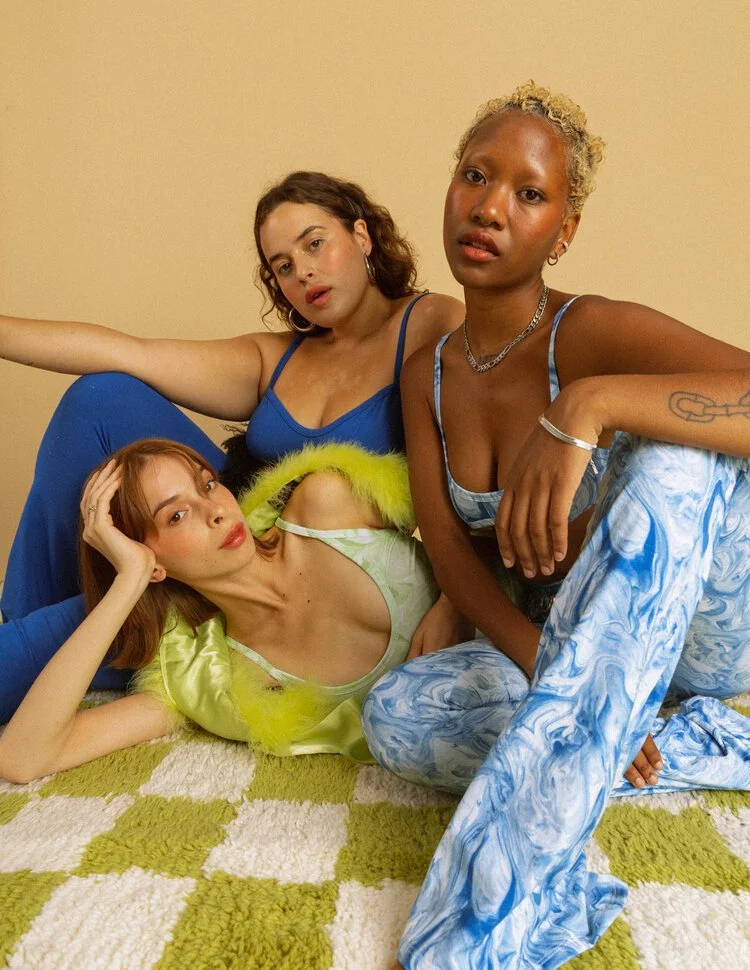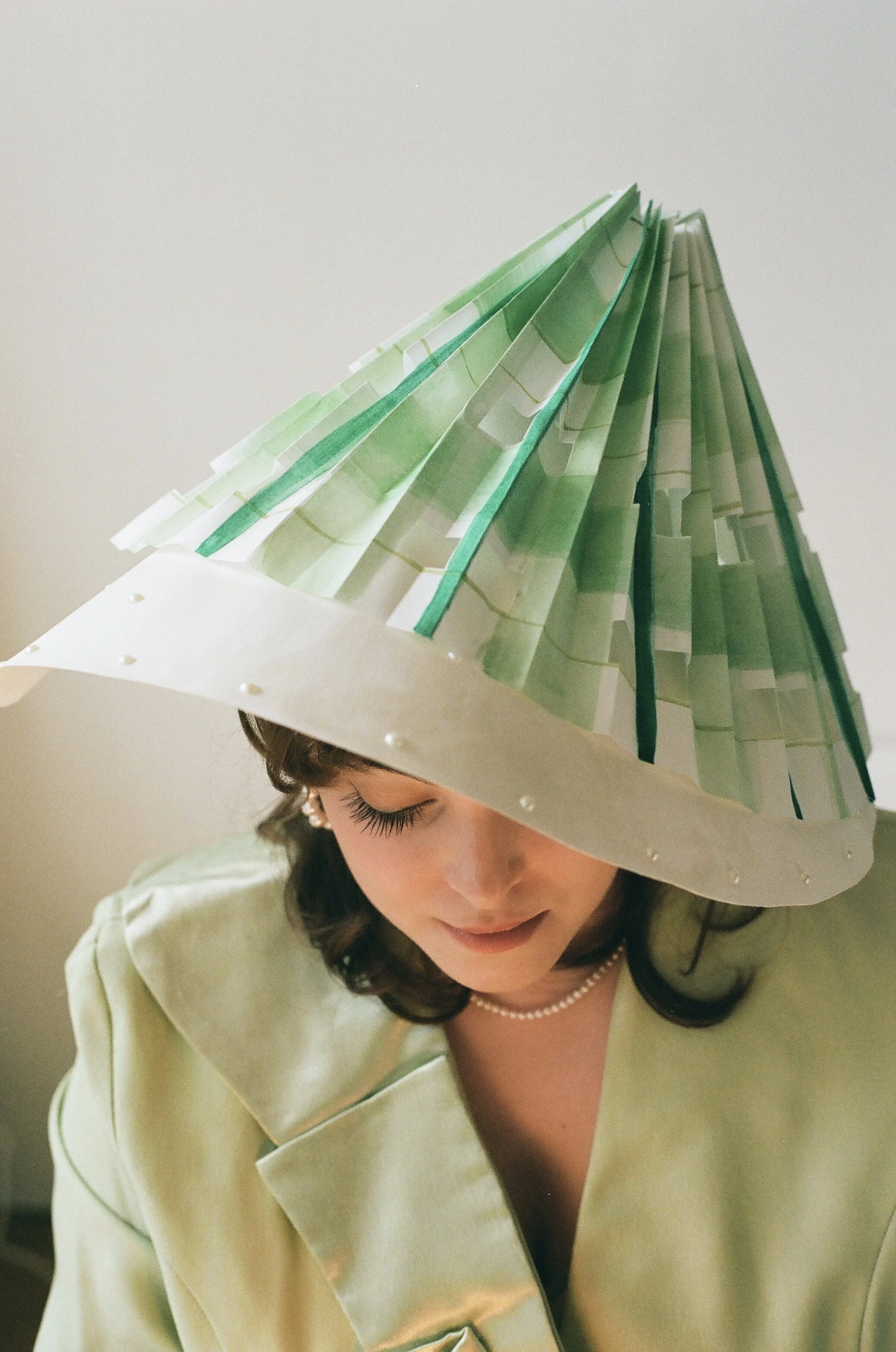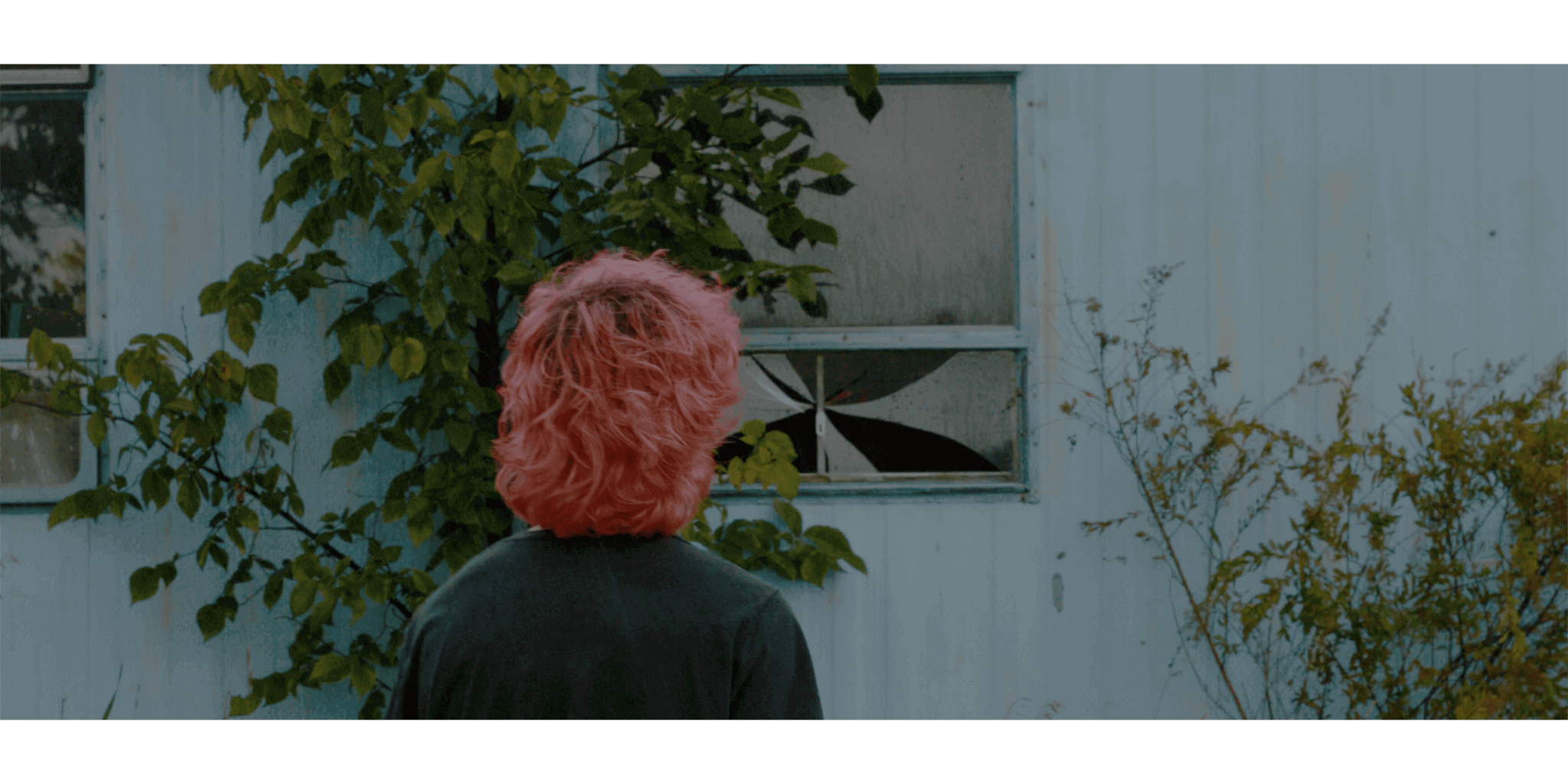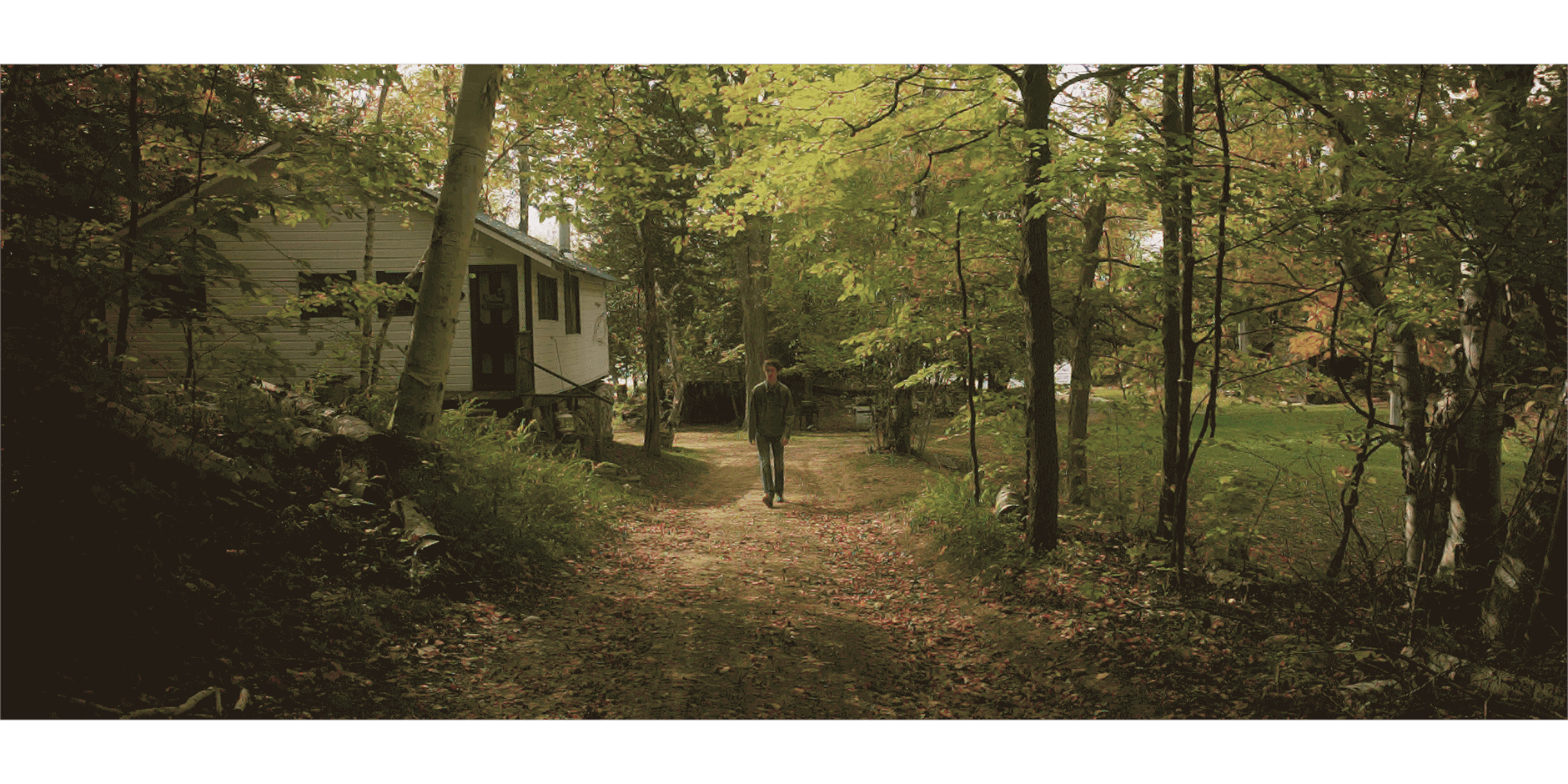image+nation LGBT2SQueer Film Festival: Top Picks
Still from A Bird Hit My Window and Now I’m a Lesbian, directed by Carmela Marie Murphy + AJ Dubler
Tonight marks the opening of image+nation, Canada’s first LGBT2SQ+ film festival, now in its 37th year! This iconic festival continues to provide a platform for sharing the stories and experiences of LGBT2SQ+ voices. This year’s stellar lineup features exciting new and recurring film categories such as Indigiqueer, Focus Acadie, & Zeitgeist, to name a few.
The festival kicks off with the film Queer, directed by Luca Guadagnino of Call Me By Your Name fame. We don’t know about you but that is certainly enough for us to know we’ll want to be seated in that theatre, ready for heartbreak Luca!
Beyond opening night, there’s an incredible lineup of films to discover, and we’ve put together a list of works that are really jumping out at us this year.
Running from November 20th to November 30th, image+nation offers both virtual screenings and in-cinema screenings at venues including UQAM, Concordia, Cinéma du Musée, Éspace ONF, and the PHI Centre.
Still from A Mother Apart, directed by Laurie Townshend
A Mother Apart
We have been eagerly anticipating A Mother Apart ever since its appearance at Vancouver Queer Film Festival earlier this year. This documentary follows Staceyann Chin — a mother, poet, activist, lesbian, and more — as she grapples with her most challenging identity: the role of “daughter”.
While raising her own child, Staceyann struggles to reconcile the pain of being excluded from her mother’s life. Exploring themes of forgiveness, motherhood, and the lengths we go for love, this film seems to offer a deeply moving contemplation on family and healing.
We are excited to see what this powerful piece has in store!
A Mother Apart is screening in person at NFB's Alanis Obomsawin Theatre on November 30th at 5:00pm and is available online from November 20th to 30th.
A Mother Apart
Still from “Bubbling”, directed by Chang Che-Ming
Focus Beijing: Friends from Afar
In collaboration with the Beijing Queer Film Festival, image+nation presents a selection of LGBT2SQ+ films that explore the nuanced challenges and joys of queer life within the context of Chinese culture, where traditional values often intersect with contemporary expressions of identity. Among the films we’re most excited to see is the documentary feature Mama Rainbow, which profiles six mothers who once held more conservative views—one of whom believed being gay was just a 'fad' but now openly embraces her lesbian daughter. Another standout is the Taiwanese short Bubbling, which tells the story of a young boy in a school choir who becomes drawn to a new student.
Focus Beijing films are playing online-only and you can watch the entire collection at the link below.
Focus Beijing: Friends from Afar
Still from “La Rivière”, directed by Élise Levy
Sapphic Shorts
An unofficial category at image+nation this year, but a category in our Also Cool hearts nonetheless — looking through this year’s image+nation catalogue with a sapphic lens, there is no shortage of enticing options to explore.
Looking for campy New York sorcery? Don’t miss Bushwitches. Prefer lonely lesbian gas station voyeurism? Ephemera could be for you. For a deeper dive into history, Old Lesbians captures oral ‘herstories’ from elder lesbians in the United States.
If your taste leans toward stories of love interrupted by tradition, If follows lesbian romance disrupted by an arranged marriage. For something whimsical, A Bird Hit My Window and Now I’m a Lesbian, an animated short, turns a bird funeral into lesbian introspection. Meanwhile, La Rivière follows Catholic schoolgirls who skip class, enticed to jump in the river together.
Spurs Night queers may not want to miss Stud Country, which delves into the history of the largest queer country-western line-dancing event in America — and how gentrification is threatening this vital space.
And finally (there are so many good ones!), The Boxing Ring chronicles the journey of a Filipino-Canadian Muay Thai competitor as she navigates falling in love with her coach.
All shorts are available online from Nov 20th-30th. Passes are available to purchase also if you are looking to watch all sapphic shorts available like we are ;)
Sapphic Shorts
Still from Drone, directed by Simon Bouisson
Drone
For fans of eerie, unsettling films, Drone reminds us of Thelma, another dystopic sapphic classic. The story follows Émilie, a student in the Paris suburbs, whose life is underconstant surveillance—from her drone (which pays her to follow her every move) to her peers and her camera. As she navigates a budding relationship with a classmate and the pressures of fitting in with her “filthy rich” counterparts, Émilie is forced to confront the blurred boundaries between autonomy and exploitation.
Drone is screening at UQAM | Salle de projection Jean-Claude Lauzon Friday, November 29th at 9:00pm.
Drone
Still from Gigi, directed by Cynthia Calvi
A Question of Gender - Shorts
Our final category to check out is A Question of Gender — a beautiful inquiry and one we are ready to explore from every angle.
From the perspective of transition, Dreams of Sunlight through Trees documents a middle-aged trans man who transitions at 44 set against the grim backdrop of an ongoing wave of anti-trans legislation (sadly not a work of dystopian fiction).
If gender and romance are more your speed, All Boys Do might be the pick for you — following a trans drag queen who reconnects with an old flame for a weekend.
Or for a self-discovery journey, Gigi, an animated short, follows a tender story of a mermaid finding her own gender identity.
The full collection of short films is available online at the link below.
A Question of Gender


